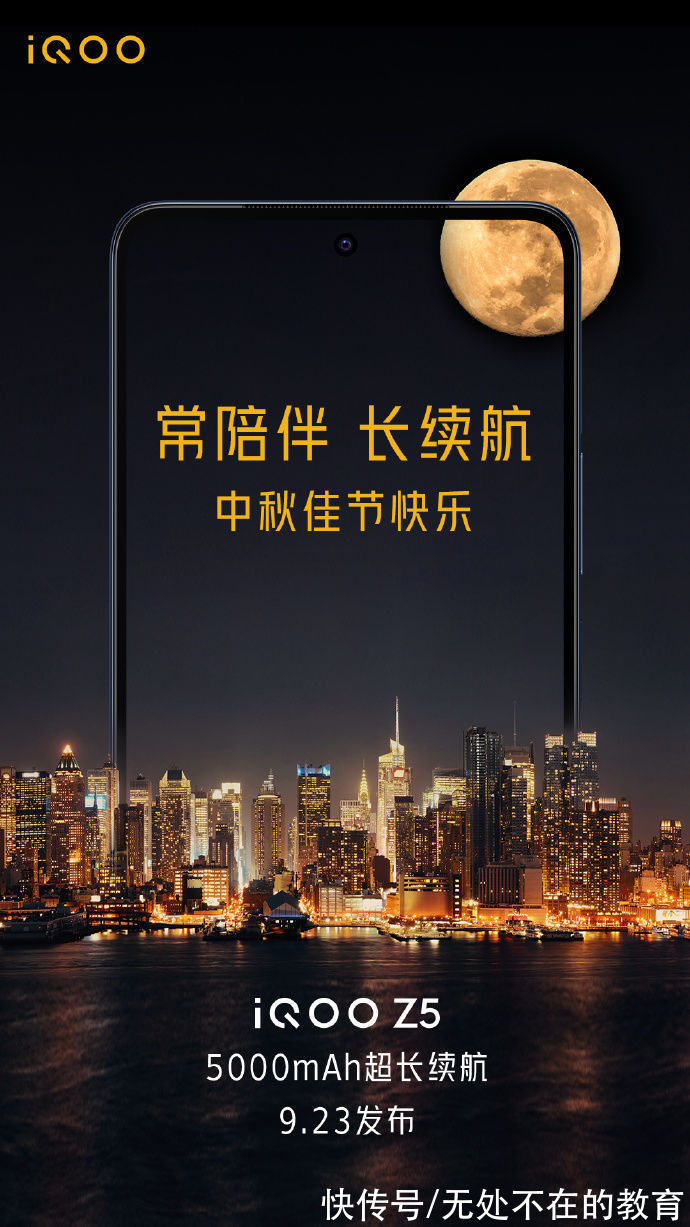еҪ’еҝ—е®Ғж— дә”дә©еӣӯпјҢиҜ»д№Ұжң¬ж„ҸеңЁе…ғе…ғгҖӮиҝҷзҜҮж–Үз« дё»иҰҒи®Іиҝ°еңЁAndroidеә”з”ЁзЁӢеәҸдёӯеҗ‘GridViewж·»еҠ дёҖз»„жҢүй’®зӣёе…ізҡ„зҹҘиҜҶпјҢеёҢжңӣиғҪдёәдҪ жҸҗдҫӣеё®еҠ©гҖӮ
жҲ‘жңүдёҖдёӘеә”з”ЁзЁӢеәҸпјҢе°Ҷжңү5-15дёӘжҢүй’®пјҢе…·дҪ“еҸ–еҶідәҺеҗҺз«ҜеҸҜз”Ёзҡ„еҶ…е®№гҖӮеҰӮдҪ•е®ҡд№үжӯЈзЎ®зҡ„GridViewеёғеұҖж–Ү件д»ҘеҢ…еҗ«дёҖз»„жҢүй’®пјҢжҜҸдёӘжҢүй’®йғҪжңүдёҚеҗҢзҡ„ж–Үжң¬е’Ңе…¶д»–еұһжҖ§пјҹжҜҸдёӘжҢүй’®е®һйҷ…дёҠйғҪдјҡе°ҶдёҖдёӘйЎ№зӣ®ж·»еҠ еҲ°иҙӯзү©иҪҰпјҢеӣ жӯӨonClickд»Јз Ғе°ҶжҳҜзӣёеҗҢзҡ„пјҢйҷӨдәҶе®ғж·»еҠ еҲ°иҙӯзү©иҪҰзҡ„йЎ№зӣ®гҖӮ
гҖҗеңЁAndroidеә”з”ЁзЁӢеәҸдёӯеҗ‘GridViewж·»еҠ дёҖз»„жҢүй’®гҖ‘еҰӮдҪ•е®ҡд№үдёҖдёӘж•°з»„пјҢд»ҘдҫҝжҲ‘еҸҜд»Ҙж·»еҠ еҸҜеҸҳж•°йҮҸзҡ„жҢүй’®пјҢдҪҶд»Қ然用е”ҜдёҖзҡ„IDеј•з”Ёе®ғ们пјҹжҲ‘е·Із»ҸзңӢиҝҮarrays.xmlзҡ„дҫӢеӯҗпјҢдҪҶжҳҜ他们已з»ҸеҲӣе»әдәҶдёҖдёӘйў„е…Ҳи®ҫзҪ®зҡ„еӯ—з¬ҰдёІж•°з»„гҖӮжҲ‘йңҖиҰҒдёҖз§Қж–№жі•жқҘеҲӣе»әдёҖдёӘеҜ№иұЎпјҢиҖҢдёҚжҳҜеңЁеёғеұҖжҲ–ж•°з»„xmlж–Ү件дёӯе®ҡд№үж–Үжң¬гҖӮ
жӣҙж–° - ж·»еҠ жңүе…іж·»еҠ еҲ°GridViewзҡ„дҝЎжҒҜ
жҲ‘жғіе°Ҷе®ғж·»еҠ еҲ°GridViewдёӯпјҢеӣ жӯӨи°ғз”Ё[addViewж–№жі•]пјҲhttp://developer.android.com/reference/android/widget/AdapterView.html#addView(android.view.View,%20int)дјҡеҜјиҮҙUnsupportedOperationExceptionгҖӮжҲ‘еҸҜд»Ҙжү§иЎҢд»ҘдёӢж“ҚдҪңпјҡ
ImageButton b2 = new ImageButton(getApplicationContext());
b2.setBackgroundResource(R.drawable.img_3);
android.widget.LinearLayout container = (android.widget.LinearLayout) findViewById(R.id.lay);
container.addView(b2);
дҪҶиҝҷ并没жңүеғҸжҲ‘жғізҡ„йӮЈж ·еңЁзҪ‘ж јдёӯеёғеұҖжҢүй’®гҖӮиҝҷеҸҜд»ҘеңЁGridViewдёӯе®ҢжҲҗеҗ—пјҹ
зӯ”жЎҲеңЁд»ҘдёӢд»Јз ҒдёӯпјҢжӮЁеә”иҜҘе°Ҷ
forзҡ„дёҠйҷҗжӣҙж”№дёәеҸҳйҮҸгҖӮpublic class MainActivity
extends Activity
implements View.OnClickListener {@Override
public void onCreate(Bundle savedInstanceState) {
super.onCreate(savedInstanceState);
TableLayout layout = new TableLayout (this);
layout.setLayoutParams( new TableLayout.LayoutParams(4,5) );
layout.setPadding(1,1,1,1);
for (int f=0;
f<
=13;
f++) {
TableRow tr = new TableRow(this);
for (int c=0;
c<
=9;
c++) {
Button b = new Button (this);
b.setText(""+f+c);
b.setTextSize(10.0f);
b.setTextColor(Color.rgb( 100, 200, 200));
b.setOnClickListener(this);
tr.addView(b, 30,30);
} // for
layout.addView(tr);
} // forsuper.setContentView(layout);
} // ()public void onClick(View view) {
((Button) view).setText("*");
((Button) view).setEnabled(false);
}
} // class
еҸҰдёҖзӯ”жЎҲиҝҷжҳҜдёҖдёӘеҫҲеҘҪзҡ„ж ·жң¬пјҡ
https://developer.android.com/guide/topics/ui/layout/gridview.html
жӮЁеә”иҜҘеңЁgetViewйҖӮй…ҚеҷЁж–№жі•дёӯеҲӣе»әжҢүй’®иҖҢдёҚжҳҜimageviewгҖӮ
еҸҰдёҖзӯ”жЎҲеҰӮжһңжӮЁжӯЈеңЁдҪҝз”ЁGridViewжҲ–ListViewпјҲзӯүпјүпјҢ并且жӯЈеңЁз”ҹжҲҗи§Ҷеӣҫд»ҘйҖҡиҝҮйҖӮй…ҚеҷЁgetViewпјҲposпјҢconvertViewпјҢviewGroupпјүеЎ«е……е®ғ们пјҢжӮЁеҸҜиғҪдјҡйҒҮеҲ°ж··ж·ҶпјҲжҲ‘жӣҫз»ҸеҒҡиҝҮдёҖж¬ЎпјүгҖӮ
еҰӮжһңжӮЁеҶіе®ҡйҮҚж–°дҪҝз”ЁconvertViewеҸӮж•°пјҢеҲҷеҝ…йЎ»йҮҚзҪ®е…¶дёӯзҡ„жүҖжңүеҶ…е®№гҖӮиҝҷжҳҜжЎҶжһ¶дј йҖ’з»ҷжӮЁзҡ„ж—§и§ҶеӣҫпјҢд»ҘиҠӮзңҒеёғеұҖиҶЁиғҖзҡ„жҲҗжң¬гҖӮе®ғеҮ д№Һд»ҺжңӘдёҺд№ӢеүҚеёғеұҖдёӯзҡ„дҪҚзҪ®зӣёе…іиҒ”гҖӮ
class GridAdapter extends BaseAdapter // assigned to your GridView
{
public View getView(int position, View convertView, ViewGroup arg2) {
View view;
if (convertView==null)
{
view = getLayoutInflater().inflate(R.layout.gd_grid_cell, null);
}
else
{
// reusing this view saves inflate cost
// but you really have to restore everything within it to the state you want
view = convertView;
}return view;
}
//other methods omitted (e.g. getCount, etc)
}
жҲ‘и®Өдёәиҝҷд»ЈиЎЁдәҶе…¶дёӯдёҖдёӘAndroidжҰӮеҝөпјҢиҝҷдёӘжҰӮеҝөжңүзӮ№йҡҫд»ҘзҗҶи§ЈпјҢзӣҙеҲ°дҪ ж„ҸиҜҶеҲ°е®ғеҶ…йғЁжңүдёҖдёӘйҮҚиҰҒзҡ„дјҳеҢ–пјҲеңЁдёҖдёӘе°Ҹзҡ„移еҠЁи®ҫеӨҮдёҠеҝ…йЎ»еҜ№CPUеҫҲеҘҪпјү
жҺЁиҚҗйҳ…иҜ»
- жҢүй’®onClickListenerж— жі•еңЁAndroidдёӯж’ӯж”ҫеЈ°йҹі
- еҰӮдҪ•еңЁandroidдёӯжӣҙж”№еҲҮжҚўжҢүй’®йўңиүІ
- еҗҺйҖҖжҢүй’® - Androidе·ҘдҪңе®Ө
- еңЁandroidдёӯеҠЁжҖҒж·»еҠ жҢүй’®зҡ„й—®йўҳ
- дёәд»Җд№ҲAndroid Chromeдёӯзҡ„иҫ№жЎҶдјҡж¶ҲеӨұпјҲпјү
- дҪҝз”ЁLive Idд»ҺUniversal Appзҷ»еҪ•еҲ°Web Api
- дёәд»Җд№Ҳ'src'еҮәзҺ°еңЁAngular Appзҡ„ең°еқҖж ҸдёӯпјҲпјү
- дҪҝз”ЁEF Database-First ApplicationйғЁзҪІASP.NET Web API
- е°қиҜ•д»Һasp.net web apiи°ғз”ЁиҺ·еҸ–е“Қеә”ж—¶android studioдёӯзҡ„и¶…ж—¶ејӮеёё












